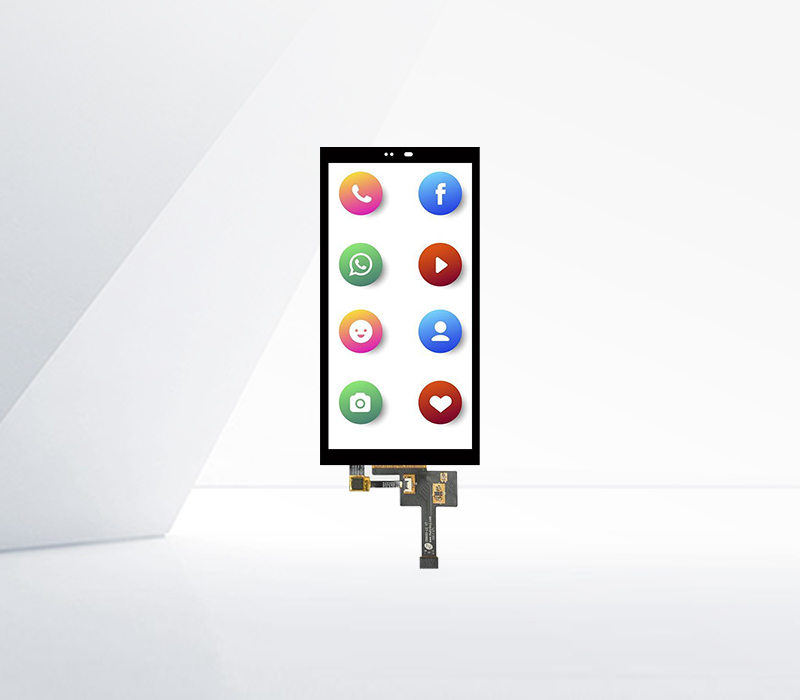



Multi - Touch and Gesture - Based Interaction
Leveraging multi - touch and gesture - based interaction can add an extra layer of interactivity. For instance, in a natural history museum, visitors can use a two - finger gesture to zoom in on a detailed map of a prehistoric ecosystem. A swipe gesture can be used to flip through different periods of geological time. This not only makes the experience more fun but also allows visitors to explore the content at their own pace and in a more intuitive way. Additionally, touchscreens can be integrated with other museum technologies, such as augmented reality (AR), to provide an even more immersive experience. For example, by scanning a QR code on a touchscreen, visitors can use their smartphones to view AR reconstructions of historical scenes related to the exhibit.

Ergonomic design of touchscreens is important to ensure user comfort and reduce the risk of fatigue during extended use.
Screen Placement and Angle
The placement and angle of the touchscreen are crucial. In a workstation setting, the touchscreen should be positioned at a height where the user can comfortably reach it without straining their neck or shoulders. The screen angle should be adjustable to suit different users' preferences. For example, in a public kiosk, the touchscreen may be tilted slightly forward to make it more accessible to users of different heights. In a home environment, a wall - mounted touchscreen for controlling smart home appliances can be installed at eye - level for easy viewing and operation.
Touchscreen Size and Shape
The size and shape of the touchscreen also impact ergonomics. A touchscreen that is too small may require users to make precise, small movements, which can cause hand fatigue. On the other hand, a screen that is too large may be difficult to reach across. The shape of the touchscreen can also be considered. For example, a curved touchscreen can provide a more natural viewing and interaction experience, as it follows the natural curvature of the human field of vision. In addition, the location of important touch - sensitive areas on the screen should be carefully designed. Frequently used buttons or controls should be placed within easy reach of the user's dominant hand.
Input Method and Feedback
The input method on the touchscreen and the feedback provided to the user are important ergonomic factors. The touch - sensitive area should be large enough to allow for easy tapping, and the response time should be fast. Haptic feedback, which provides a physical sensation when the user touches the screen, can enhance the user experience. For example, a slight vibration when a button is pressed can confirm to the user that the action has been registered. Visual feedback, such as a change in color or a brief animation when a button is tapped, is also important. This helps the user understand the outcome of their actions and reduces the cognitive load associated with using the touchscreen.
